This summer, Food Banks Canada was proud to embark on the second annual #FBCSummerRoadTrip, putting food banks and other food insecurity organizations from our cross-country network into the driver’s seat for a series of Instagram takeovers.
With the number of food bank visits rising to record levels in Canada, and natural disasters such as fires and floods impacting communities from coast to coast to coast, we were reminded of the incredible persistence and care demonstrated by the folks who work tirelessly to ensure that their neighbours in need will have enough to eat.
We started our journey with some old friends from our inaugural road trip last summer – Greener Village in Fredericton, N.B.
According to the latest data from the interdisciplinary research program PROOF, New Brunswick had the second-highest rate of food insecurity of any province in 2022. Greener Village works hard to meet the need by providing 125,000 meals and 1,900 food hampers to people experiencing food insecurity every month.
With humble beginnings in a church basement, Greener Village now boasts a wide array of other programs and supports as part of their operations, including a learning kitchen, community gardens, and the fittingly named Unique Boutique, a thrift shop that turns fashion into food.
READ MORE: Why Fredericton’s Greener Village is planting a love of gardening in food bank clients and community members
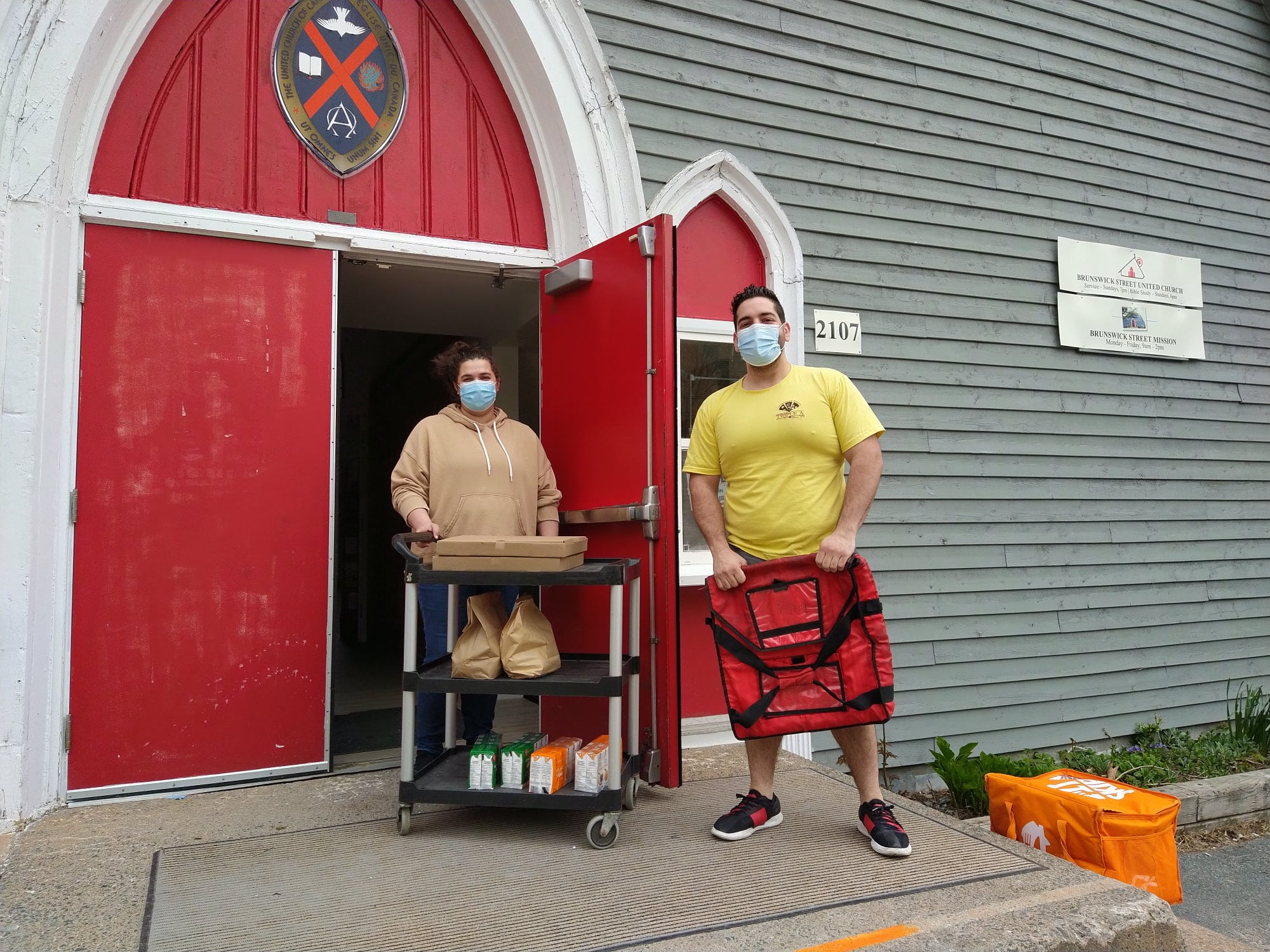
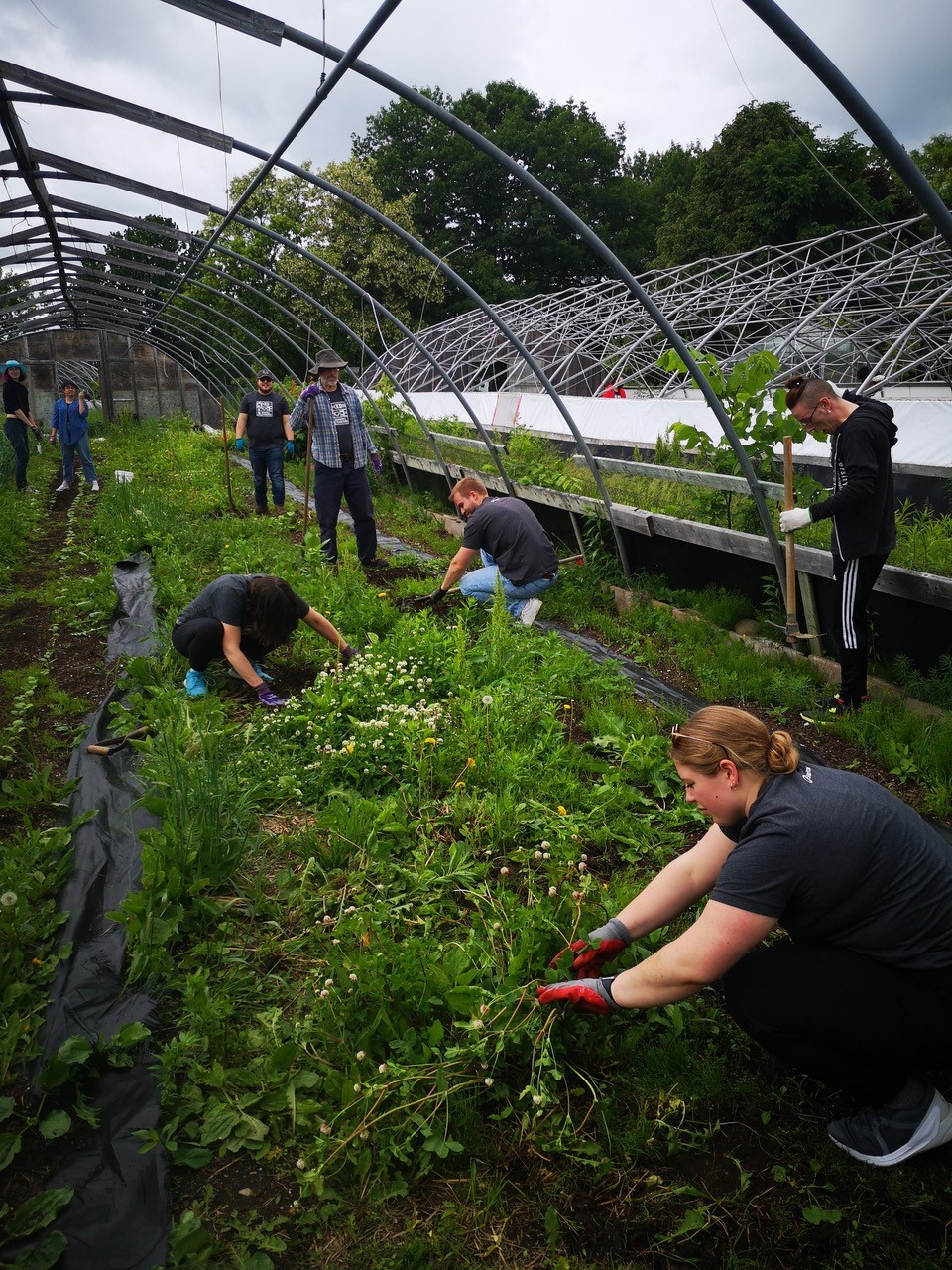
Next up, we arrived at the Brunswick Street Mission in Halifax, N.S. where volunteer coordinator Arman invited us through their big, red doors.
We began the day by helping to serve a hot breakfast to their neighbours and stayed for a tour of their choice-model food bank. This model works on a points system that allows people to retain their agency and dignity by shopping for the items they want or are suitable for their dietary needs.
The Brunswick Street Mission serves 240 households each month – from families to new immigrants, to single working adults, to people who are unhoused. Despite common misconceptions, many of their clients have jobs, but due to the soaring cost of living, we were told they still cannot make ends meet.
After a hop, skip and a jump, we landed in Ontario, where we had three stops in Canada’s most populated province.
First up was Hamilton Food Share, which is the emergency food shipping and receiving hub for the network of 16 member agencies that they support.
Each year, Hamilton Food Share acquires, distributes, and delivers over 4.5 million pounds of food to 23 emergency food books and hot meal programs, helping ensure that all individuals, regardless of cultural, religious, ethical, or medical needs, have enough to eat without compromising their beliefs or health.
An hour on the westbound 401 later, we arrived at The Food Bank of Waterloo Region in Kitchener, Ont., where mascot Phil the Food Drive Bag welcomed us with open arms.
We were excited to tour their 31,000 square-foot distribution centre, in which the Food Bank of Waterloo Region acquires, coordinates, and distributes more than 5.3 million pounds of fresh, frozen and non-perishable food to their Community Food Assistance Network each year. This network, comprised of 120 community programs and agency partners, provides food, services, and support to people in need throughout the Waterloo Region, and identifies proactive solutions to address poverty and food insecurity.
We then got back on the road, arriving at the Ottawa Food Bank’s new home at 2001 Bantree Street. The move to a new location was necessitated by record-breaking demand and has helped the Ottawa Food Bank increase their capacity to provide fresh, healthy food to thousands of people in their community each month through a network of 112 food programs and a community farm.
READ MORE: Coming off ‘best year yet,’ Ottawa Food Bank volunteers plant okra for improved ethnocultural food availability
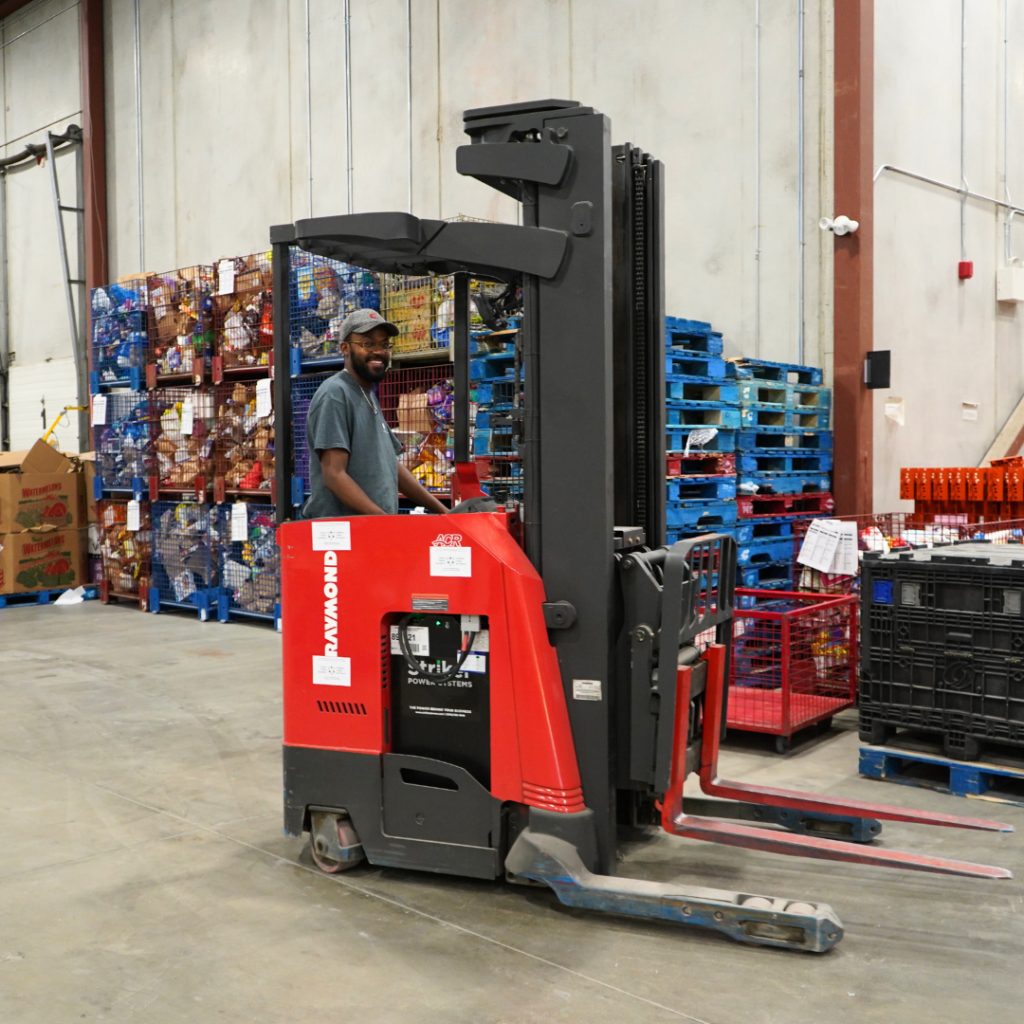
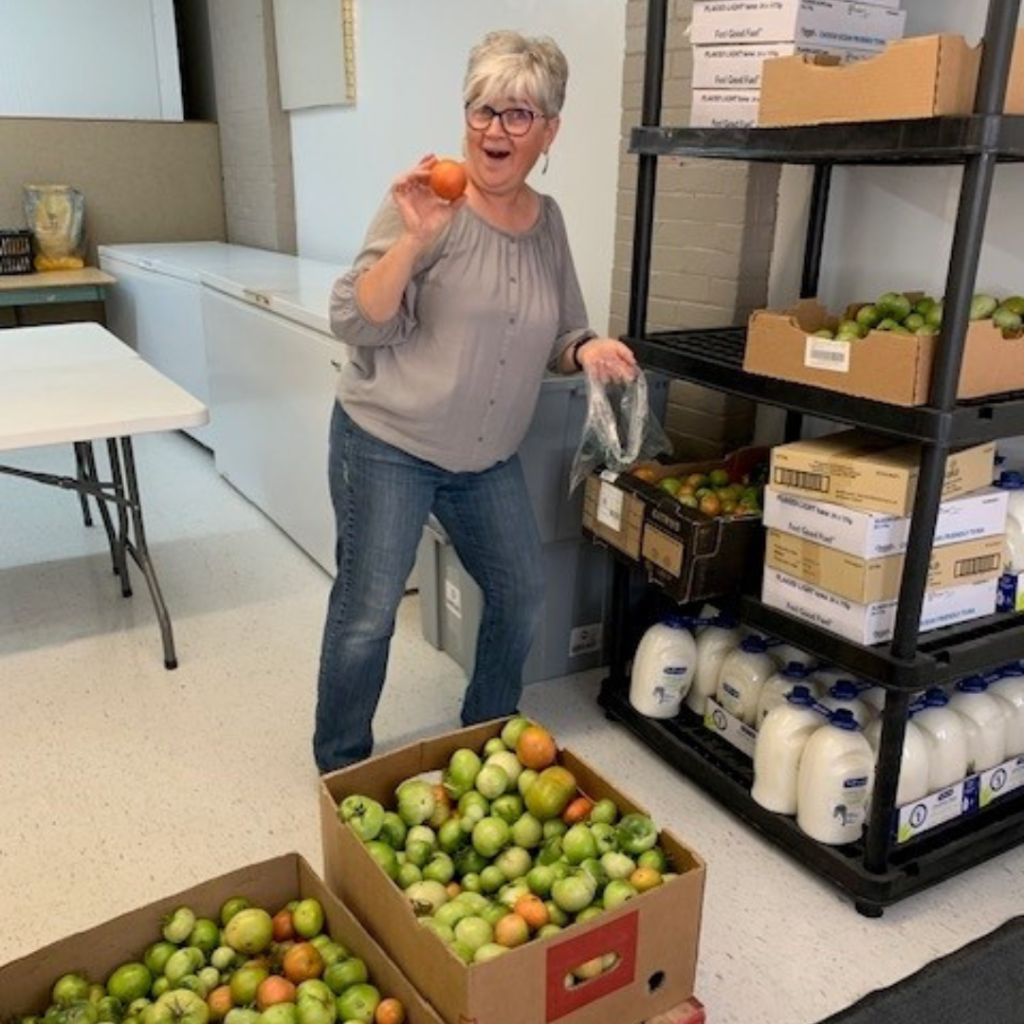
From our nation’s capital to a small town, we journeyed to the next stop along the #FBCSummerRoadTrip at the Good Neighbours Food Centre in Rosthern, Sask. There we met Betty, Chanda, Mackenzie and their dedicated volunteers who serve more than 1,000 clients from nine different communities, including Okemasis and One Arrow First Nations, each month.
Almost half (46%) of the clients at the Good Neighbours Food Centre are children, which is well above the national average of 33 per cent. This is an issue they take seriously and hope to reduce through community gardens, youth programming, and supports for the whole family including employment counselling and cooking classes.
Our next stop was an especially impactful one given Food Banks Canada’s ongoing commitment to improving food access in northern and remote communities, and the increased pressures that these communities have been facing in light of Canada’s worst wildfire season on record.
The gracious folks at the Food Bank Society of the Yukon opened their doors not only to the #FBCSummerRoadTrip, but also to the thousands of people who were forced to evacuate their homes in Mayo, Whitehorse, and beyond.
READ MORE: Métis community members return home to nurture seeds of food and connection after wildfire evacuation
Back down south, we saw how Edmonton’s Food Bank has been providing emergency food and other supports to people affected by wildfires and evacuation orders not only in Alberta, but also in Whitehorse and the Northwest Territories.
Edmonton’s Food Bank became Canada’s first food bank on January 16, 1981. Since then, they have worked endlessly to support their community, and now provide food to over 30,000 people each month.
One province over, we were warmly welcomed by the Greater Vancouver Food Bank.
Originally established in 1983 to provide temporary relief to the hunger crisis, the Greater Vancouver Food Bank has grown to serve over 16,000 people and 139 local and provincial agencies across Vancouver, Burnaby, New Westminster and the North Shore. On the day that the #FBCSummerRoadTrip arrived, they were preparing 28 pallets of food and supplies to help with wildfire-related shortages in the Okanagan.
READ MORE: How food banks are helping communities affected by Canada’s worst wildfire season on record
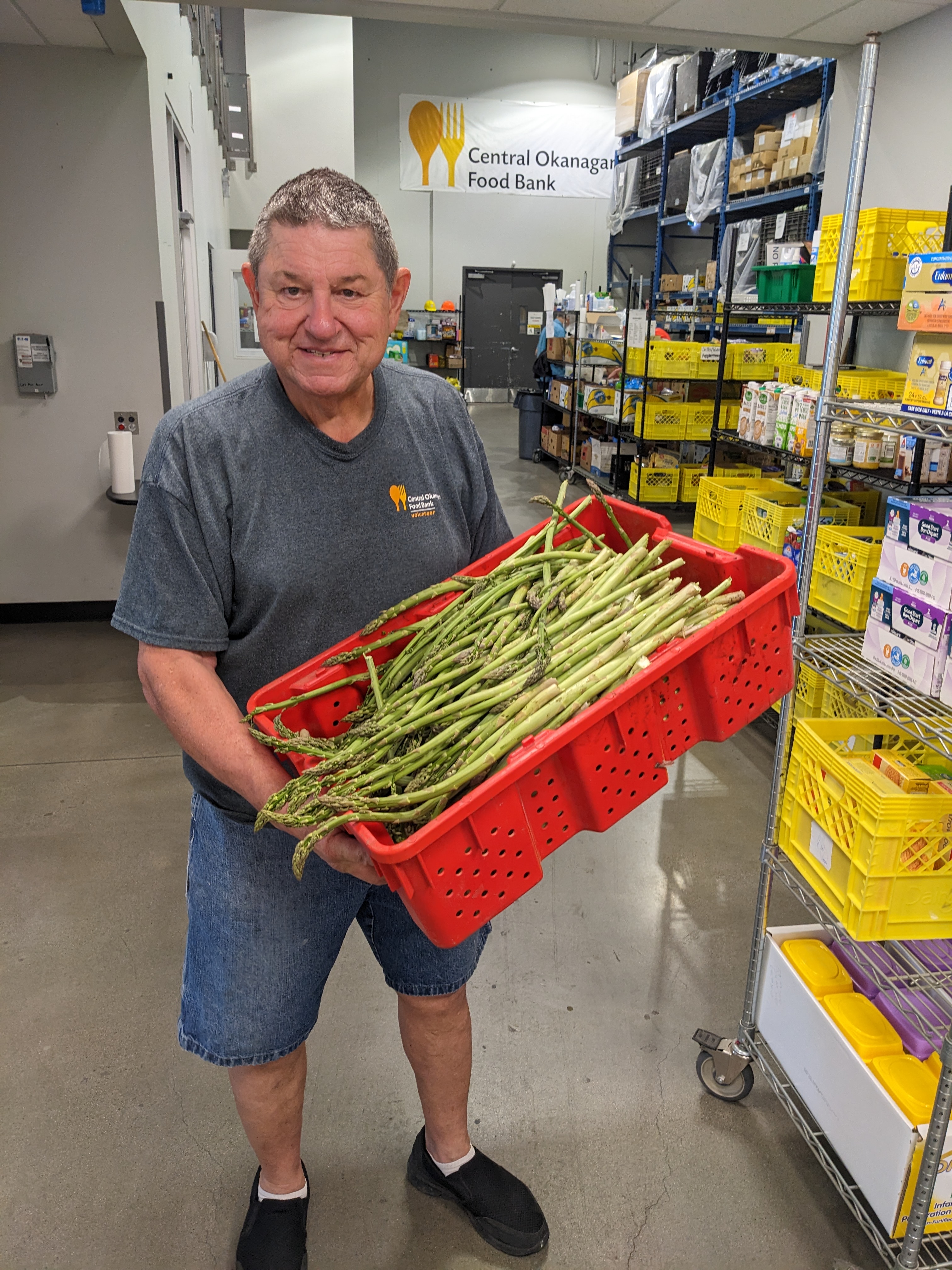
We rounded out this year’s #FBCSummerRoadTrip at the Central Okanagan Food Bank. They have locations in both Kelowna and West Kelowna, the latter being significantly impacted by the fires.
As the largest food bank in the BC Interior, the Central Okanagan Food Bank is already faced with the task of providing food assistance to 6,500 individuals each month, 36 per cent of which are children and 26 per cent are seniors on fixed incomes.
With wildfire relief efforts still underway, we were honoured to be able to learn about the Central Okanagan Food Bank’s hamper services for children, new or expecting parents, seniors, and folks with health concerns; as well as their Equity Program, which works with local Syilx and Nlaka’pamux Nation Indigenous communities to provide hampers that contain culturally appropriate foods.
Now that summer is nearly over, we are thinking back on what folks told us along the #FBCSummerRoadTrip – that food bank use is at an all-time high in Canada, and the end to the hunger crisis is nowhere in sight without urgent action.

